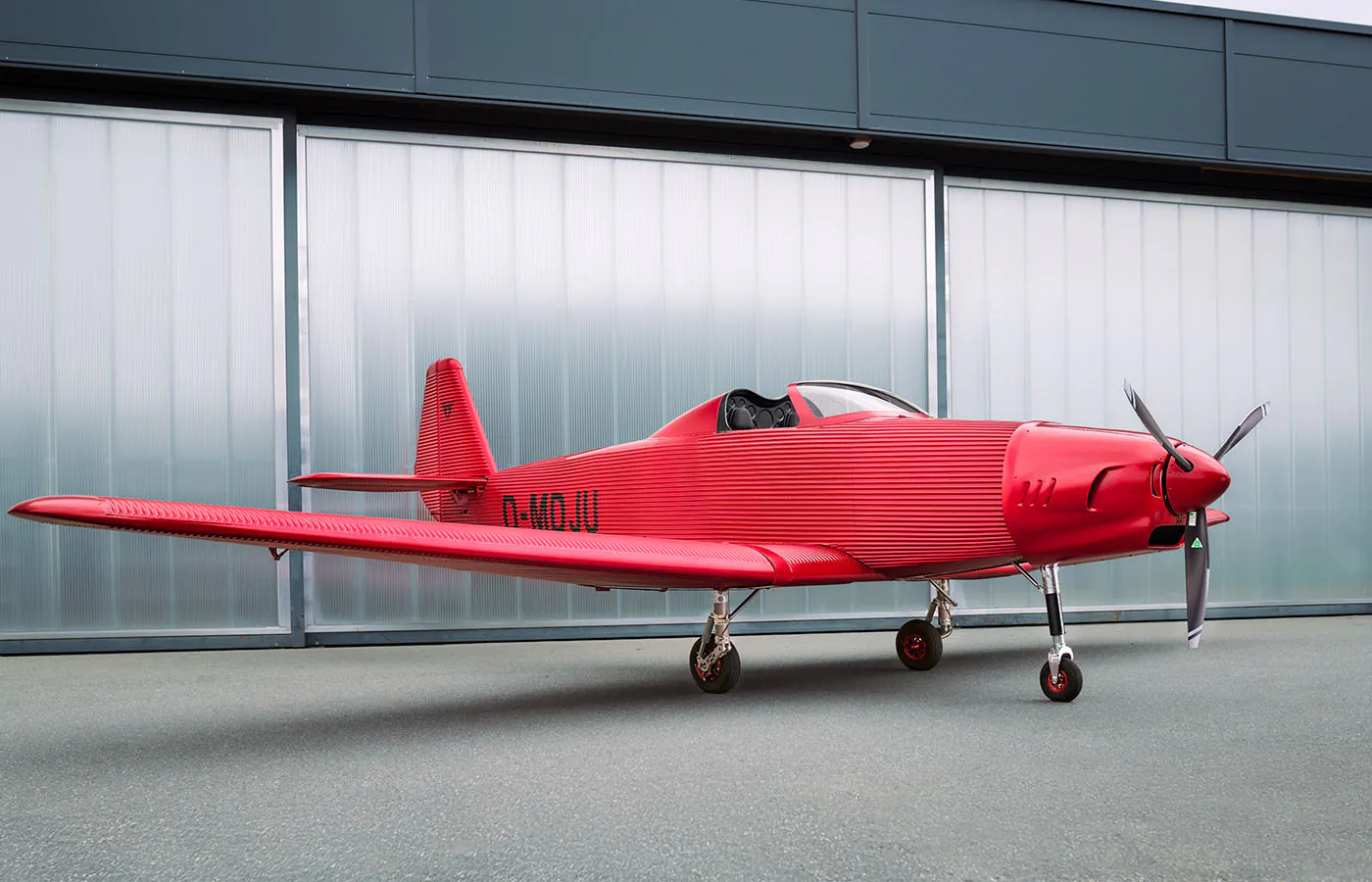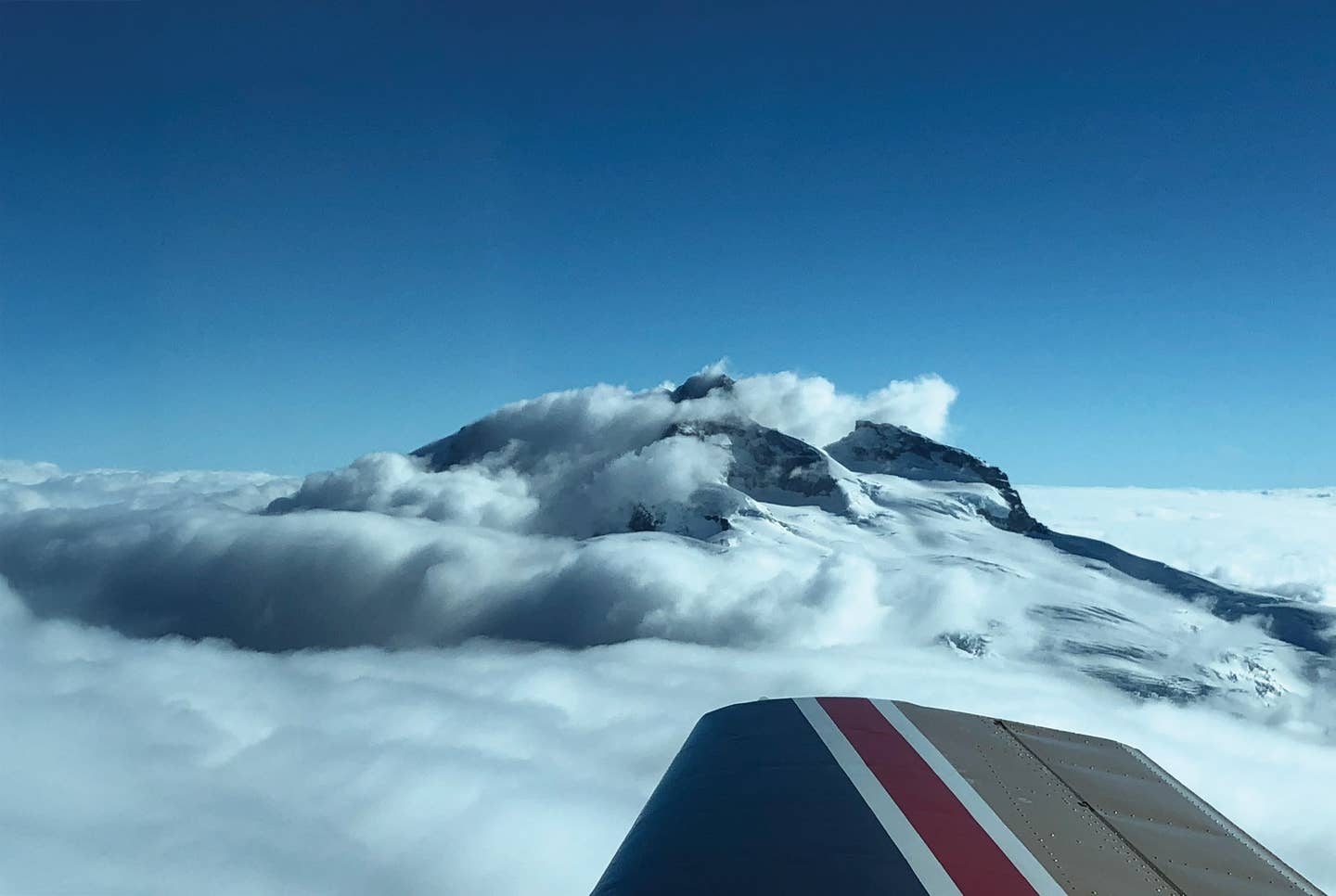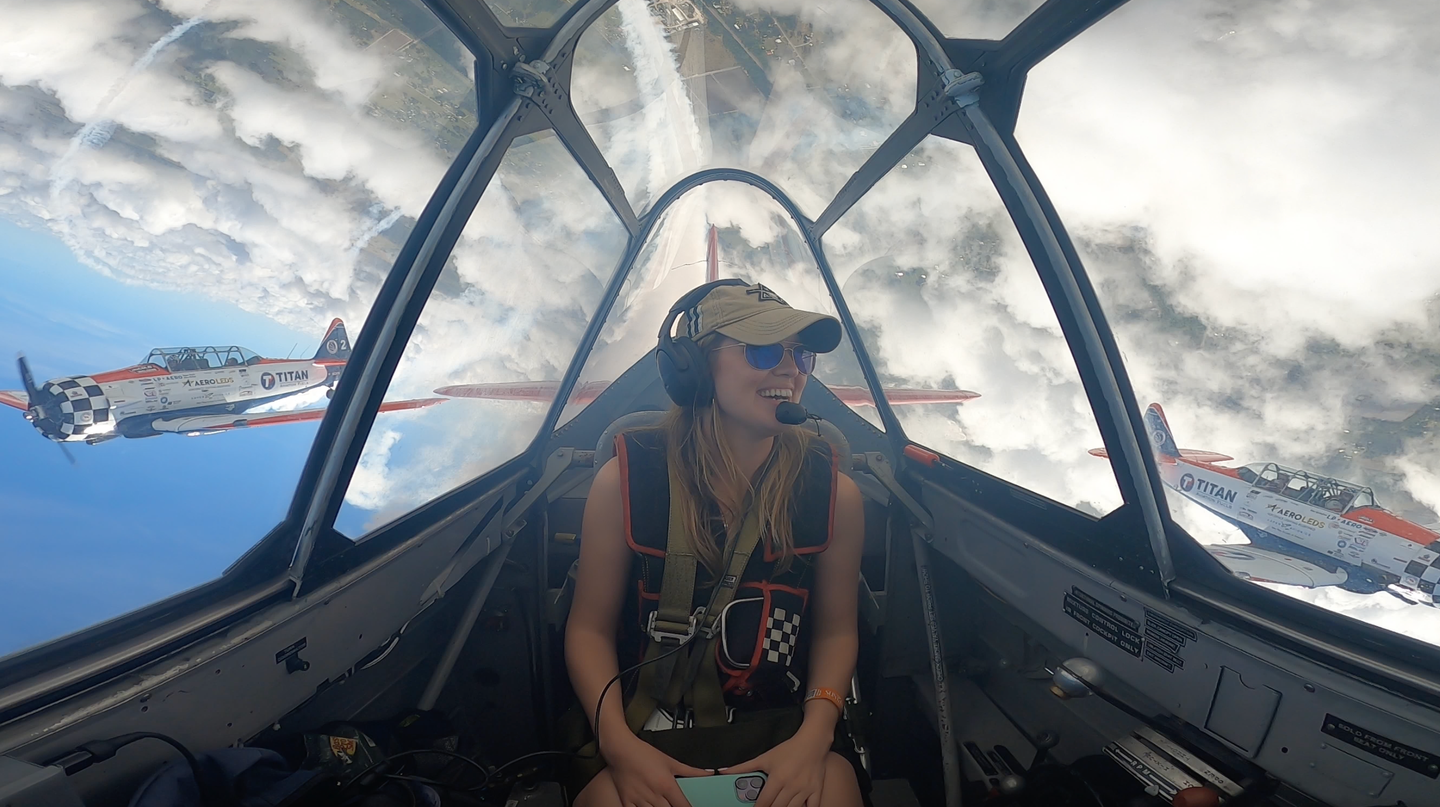
Adobe Stock
Those who fly in the beautiful snow-covered North know that the winter brings spectacular views and welcomed gains in performance.
The airplane’s engine, propeller, and wings, which have struggled all summer against the ravages of high temperatures and density altitude, are now in their happy place. Push the throttle forward for takeoff, and you might as well be in an F-15 Eagle roaring down the runway.
OK, maybe that is a bit much, but takeoff and climb performance in the colder climates is something to behold. And then once airborne, the snow-covered vistas below are breathtaking. Even a light dusting of snow seems to magically cover up all the imperfections, leaving the earth looking pristine, and the houses and people right out of a Currier and Ives print.
Enough about the romance and rewards of winter flying. What are the gotchas that those of us who venture up north from warmer climates might need to know? I am glad you asked.
Although I live in sunny northeast Florida, 11 years flying within 50 miles of the Canadian border, and another decade in the high desert of northern Arizona, which to my surprise came complete with some bitter cold and snowy days, have been good teachers.
What follows are some things I have gleaned from personal experience, a bit of formal Air Force training, and several experts who fly in Alaska, Canada, and the Dakotas for a living. So, let’s get started.
Prepare, Preheat and Preflight
When the temperatures dip below freezing and the snow flies, everything associated with ground operations and preflight takes longer.
Ramps need plowing, the T-hangar door is frozen closed, the fuel truck won’t start, and there is a waiting list for deicing. And did I mention the days are shorter in winter, so any delay may put you well into darkness? It helps to prepare for these delays and make a reasonable plan for the entire day. How can you beat these delays to the punch?
The first step is heating the important parts of the airplane. Many northern-based airplanes have aftermarket electric engine preheaters installed that warm up the cylinders and the oil pan. Another option is a gas-fired preheater that pumps hot air into the cowling. These take a while to work but are generally effective.
However, most of these systems do not warm up the battery unless it is mounted under the cowling. You may need all the cranking power your battery can provide on a very cold morning, so consider your battery’s age, health, and temperature before you hit cold country. Battery tenders can greatly extend the life of a battery.
If the airplane is tied down outside, it’s important to get all of the ice and snow off the lifting and control surfaces. This is hard to do without deicing fluid. If the sun is shining, it can do the work, but plan on a long delay.
Scraping the ice off the aircraft is hard on the pilot—not to mention the paint and plexiglass—and often leaves a residue of lift-killing crust on the surfaces. Hot air is not recommended because it may melt the ice and snow, causing it to refreeze in control linkages and hinges with disastrous results. Call ahead and arrange for proper deicing, and make sure the aircraft is dry before you take it up.
If you live up North, I am sure you have developed your own routine and have figured out how to get the airplane heated, started, and off the ground. However, if you infrequently fly north in the winter, consider calling ahead and arranging for a heated FBO hangar for your overnight stay.
This can be pricey, but when compared to the hassle and cost of preheating, deicing, and maybe a new battery, it can save time and money. It certainly will impress your passengers as you shepherd them into the nice warm airplane, tow them out of the warm hangar, and away you go.
Carbon Monoxide, Winterization Kits and Wheel Pants
Winter flying is a target-rich environment for carbon monoxide poisoning.
The doors are sealed, the fresh-air vents closed, and the cabin heater is running full blast. Many cabin heaters generate their warmth from a heater muff wrapped around the exhaust manifold. Some light twins utilize an avgas-powered heater up in the nose section. A problem in either of these systems can introduce carbon monoxide directly into the cabin.
We do have a couple defenses against this colorless, odorless threat.
The first is the ubiquitous 2-inch-square CO detector with the orange dot. These can be effective if replaced often and monitored faithfully. However, over the years, I have chosen to augment this passive detector with battery-powered CO detectors.
The first one, from nearly 20 years ago, was quite bulky and expensive. However, the technology has advanced, and my current detector—a Forensics Detectors FD from Amazon—is about the size of a matchbox. It retails for around $100.
Each of these electronic CO detectors have earned their keep. On two separate occasions, they started beeping and flashing their alarm, well before the passive detector changed color. In both cases, the heater muff contained a very minor exhaust leak. Thankfully, we caught it early.
Today I fly with both—the electronic CO detector is primary, and the inexpensive passive detector is a nice backup.
Our trusty Continentals or Lycomings do well in cold climates as long as we warm up the engine fully before takeoff, manage the cowl flaps smartly, and avoid shock cooling in idle descents.
Some general aviation singles come with winterization kits that are especially effective at keeping the oil and cylinder head temperatures in the green band. These either block off some of the cowling intake or oil cooler, or both. Most of these can be installed with Dzus fasteners or a simple screwdriver and are good insurance. The kits usually have temperature guidance printed either on the kit, or in the POH, or both.
When flying from hot to cold climates, the pilot might think about where and when to install the kit. Good pilot engine management, a winterization kit (if applicable), and, of course, the correct oil viscosity will guarantee safe and reliable engine operation when the temperatures start dropping.
I prefer multigrade semisynthetic oil for colder climates. However, your engine manufacturer may have some recommendations about which oil viscosity and type is best for the temperature you are expecting.
Wheel pants, especially tight-fitting ones, and snow-covered ramps and runways are a bad combination. The snow, and especially slush, gets up into the wheel pant and can refreeze around the tires and brakes.
Many aircraft that operate up north have their wheel pants removed permanently. Others take them on and off with the seasons. Snow and slush can clog up the nose pant as well, so it is best to remove them all.
Time to Spare, Go by Air
This time-worn advice about GA flying is especially true in winter.
The combination of shorter days, preflight delays, and harsh winter weather can make the best-laid plans fall apart. A complete weather briefing is a must with an emphasis on ceilings, visibilities, cloud layers if IFR, and freezing levels.
Take a look at the ever-present cold front and consider that ceiling, visibility, and icing are likely the worst right at frontal passage. You want to either be on the ground or somewhere else when that happens.
The good news is that winter cold fronts usually move through quickly, leaving cold and clear, although a bit gusty conditions, in their wake. Then there is the dreaded Lake Effect snow forecast around the Great Lakes that keeps ceilings low and the snow flying for days on end, so plan ahead.
Icing is always a concern and not just in northern latitudes.
Some of the worst icing I have ever encountered occurs midwinter at around 10,000 feet, flying IFR from northern Arizona into Los Angeles. The winter clouds are full of moisture, the mountain ranges reach up to nearly 8000 feet, and the freezing temps can quickly ice up your leading edges and prop when you least expect it.
Preflighting the pilot and passengers?
Warm clothing, good gloves, and rubber-soled shoes should be on the checklist. It is doubly hard to complete your preflight inspection if you can’t feel your fingers. Slick leather-sole shoes are a recipe for slips and falls on an icy or snow covered ramp. Throw in a couple warm blankets, candles, and a few energy bars, just in case.
A good rule of thumb is to dress as though you might have to land off airport and spend a night or two out in the cold.
Rule of Threes and Old Man Winter
The rule of threes has been handed down from one generation of pilots to another.
Roughly translated, it says when three significant risk factors are present during a flight, we might need to rethink our flight plan. In our single-engine and often single-pilot machines, these risk factors may include nighttime, instrument flight conditions, and mountainous terrain. So, even in the middle of the summer, a night IFR trip over the mountains might give us reason to pause and reconsider our plan.
I have decided that winter flying conditions count as one of my three risk factors. Due to the icing threat, night IFR and subfreezing winter temps are often a no-go item. It is too easy to blunder into a cloud and turn your airplane into an ice cube.
How about winter, daytime IFR conditions, and mountains? Our 180-plus-horsepower chariots may not be able to handle the triple threat of high terrain, ice, and the mountain wave action that strong winter winds bring.
Let’s Go Fly
Some of the best flight hours in my logbook were on cold winter days that provided great aircraft performance, clean, crisp air, and stunning vistas of snow-covered plains and mountains. And if you are heading eastbound, the tailwinds can be amazing.
A little time spent thinking about what our airplane needs, planning for our passengers, and thinking about how we manage risk on these shorter and colder days will pay off with some amazing trips and better memories.
Stay warm and fly safe!

Subscribe to Our Newsletter
Get the latest Plane & Pilot Magazine stories delivered directly to your inbox






